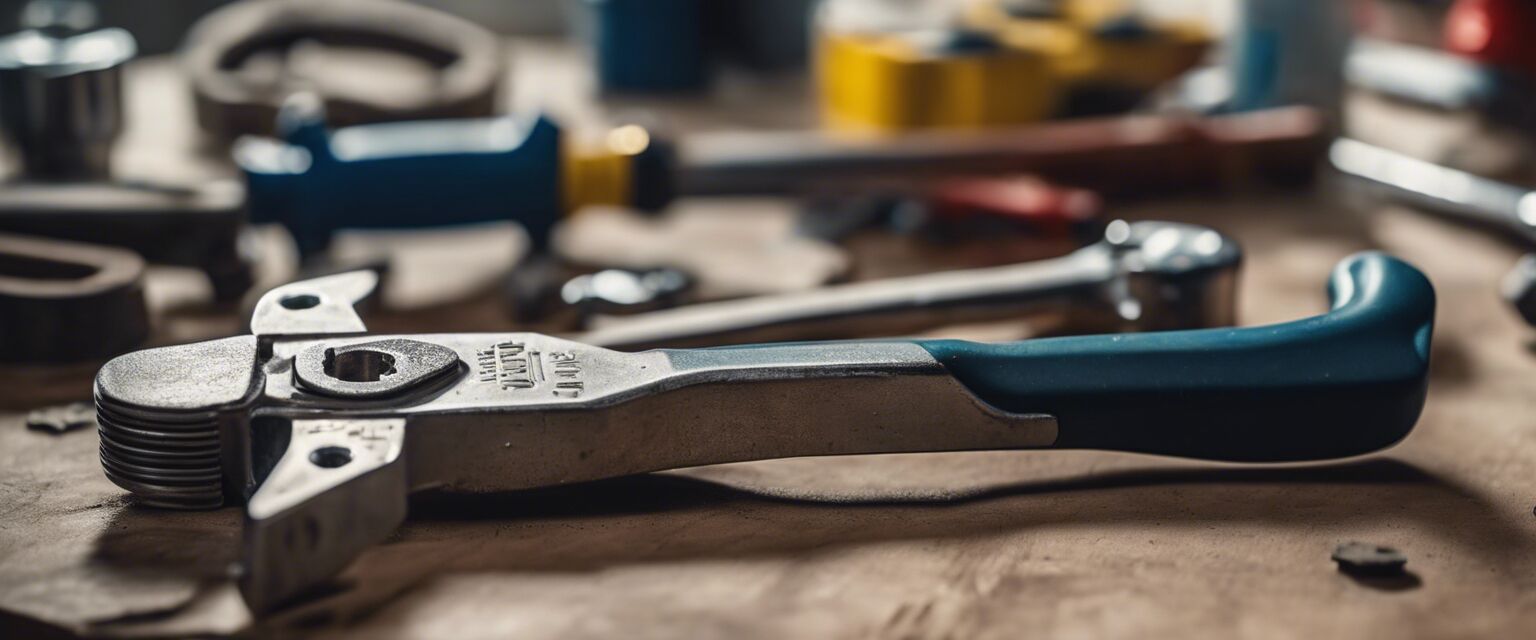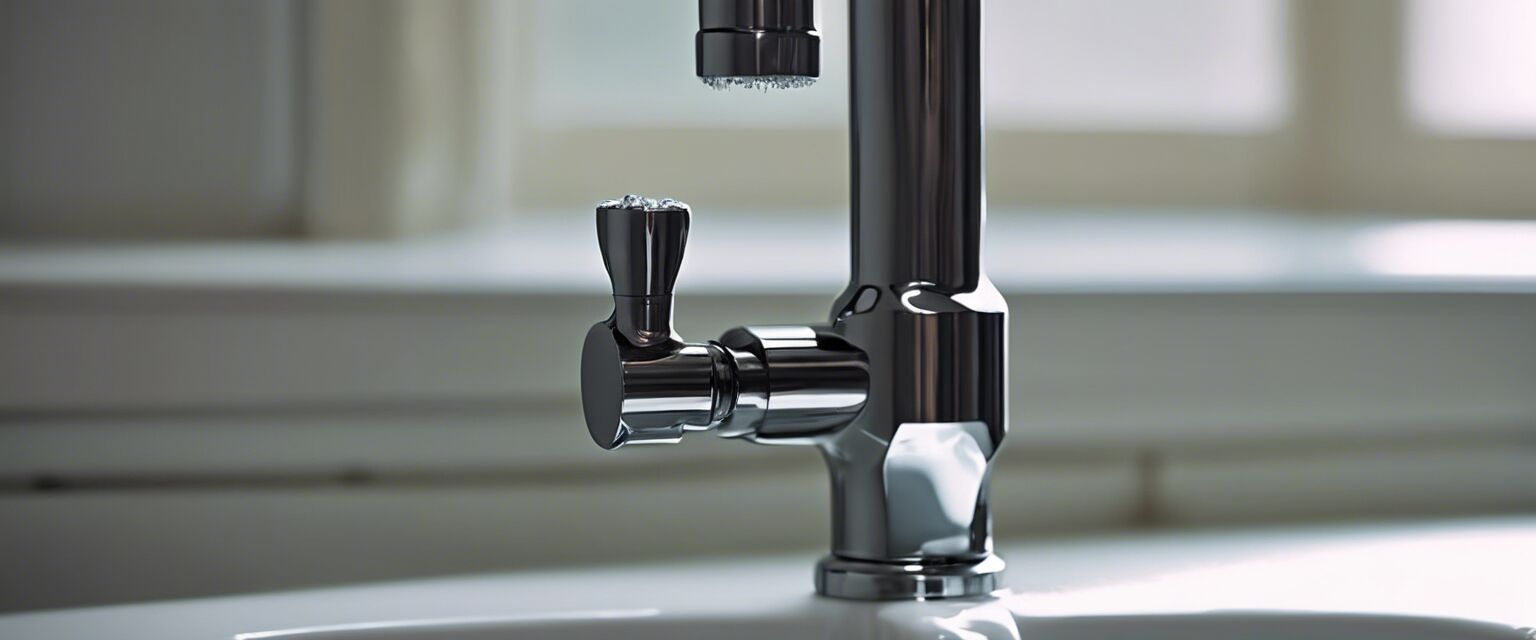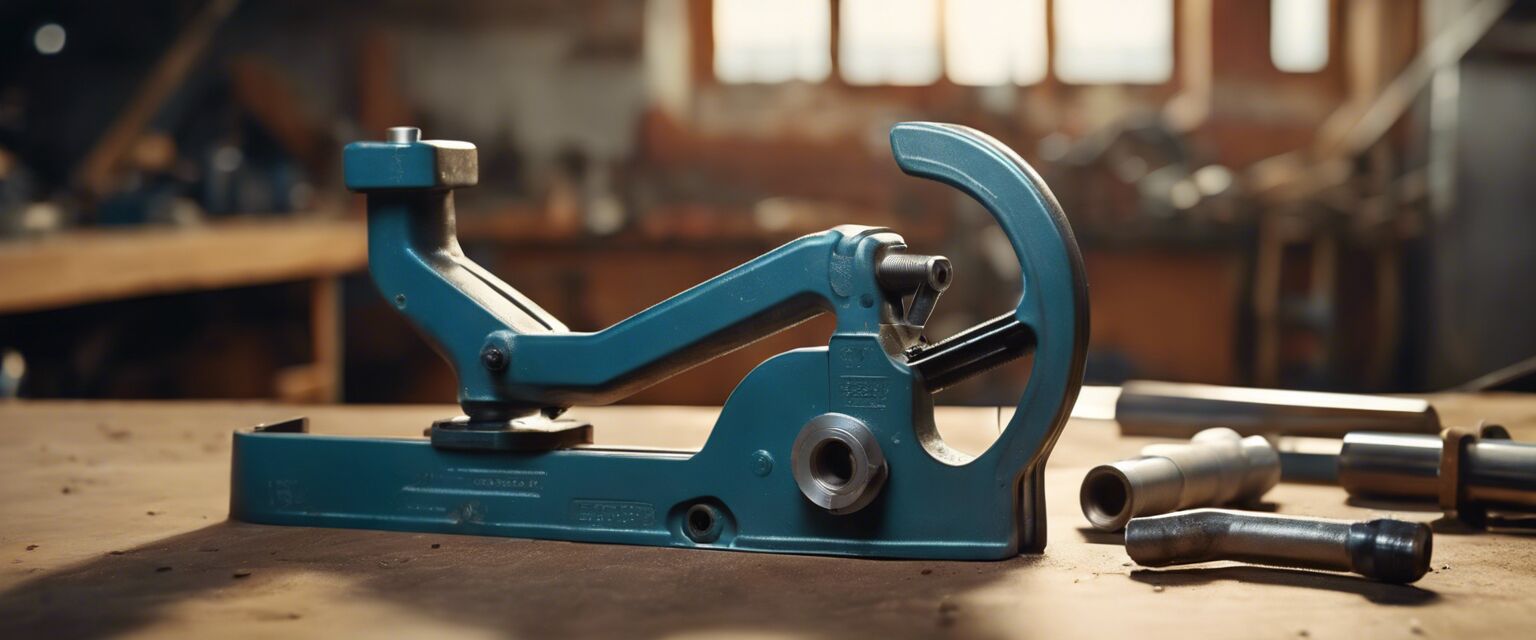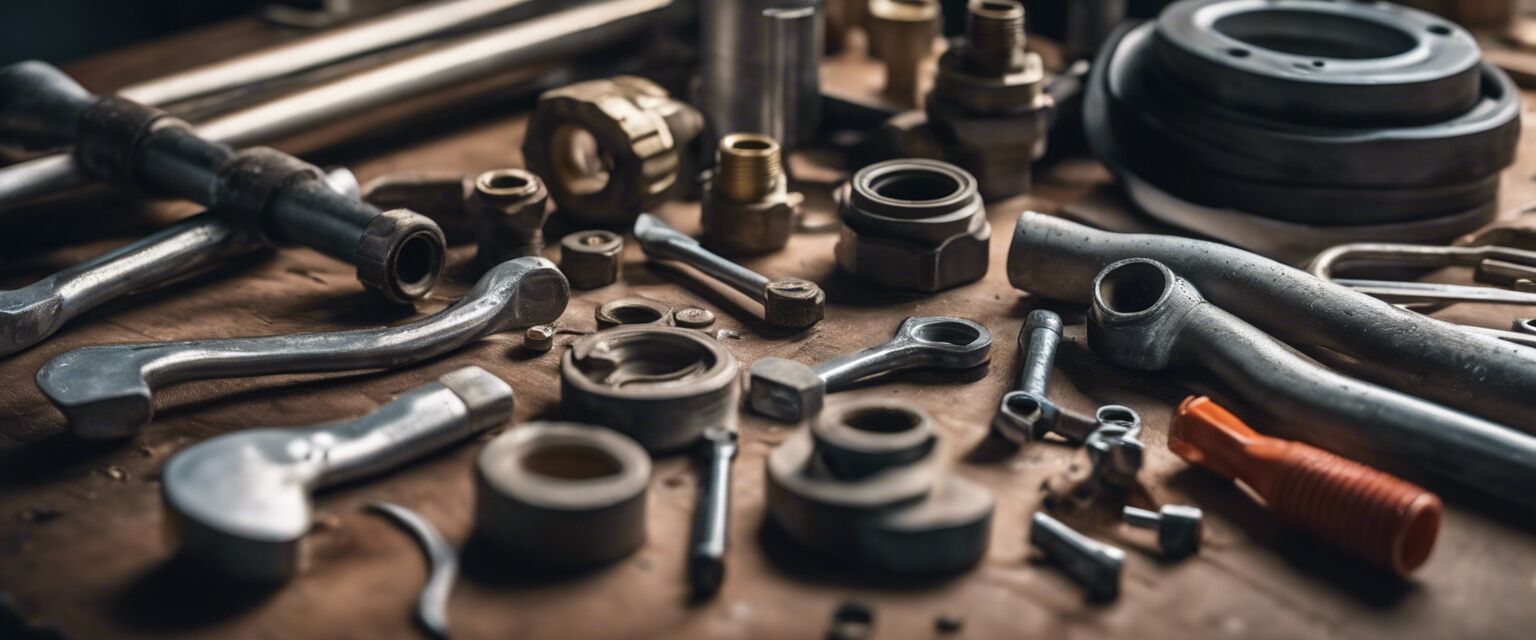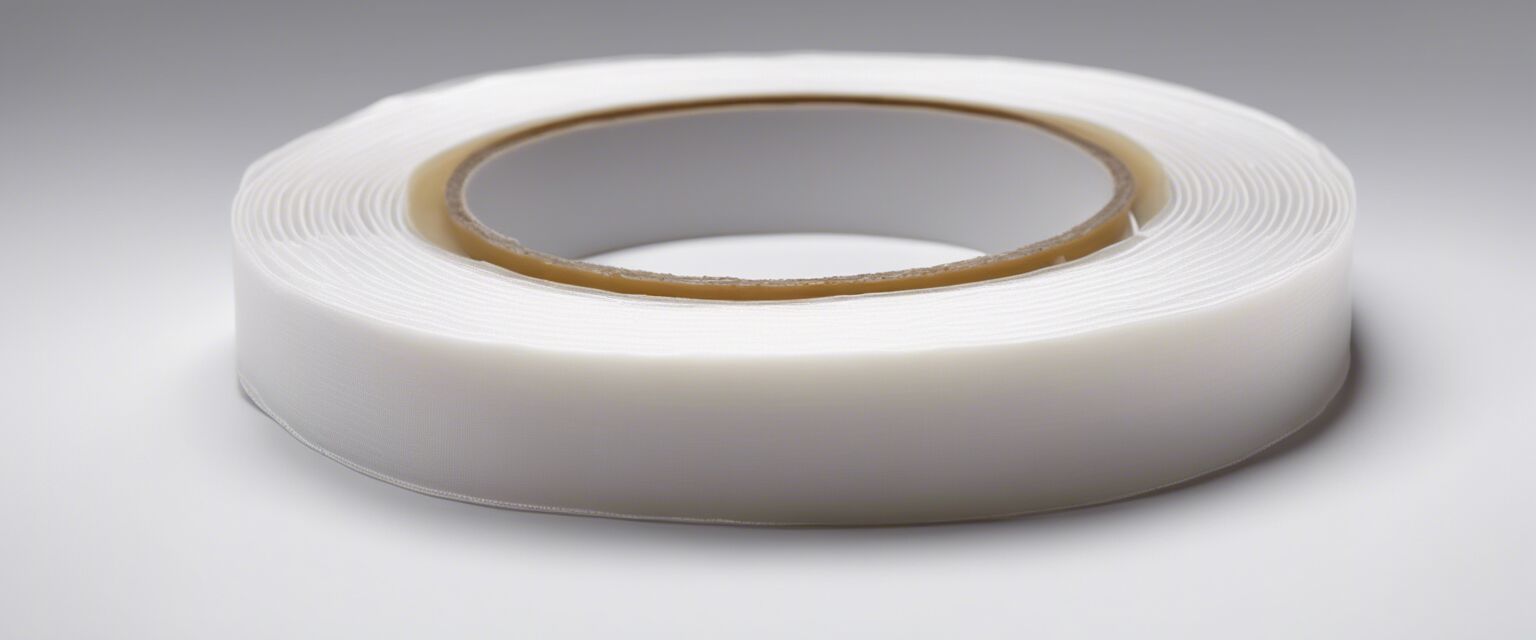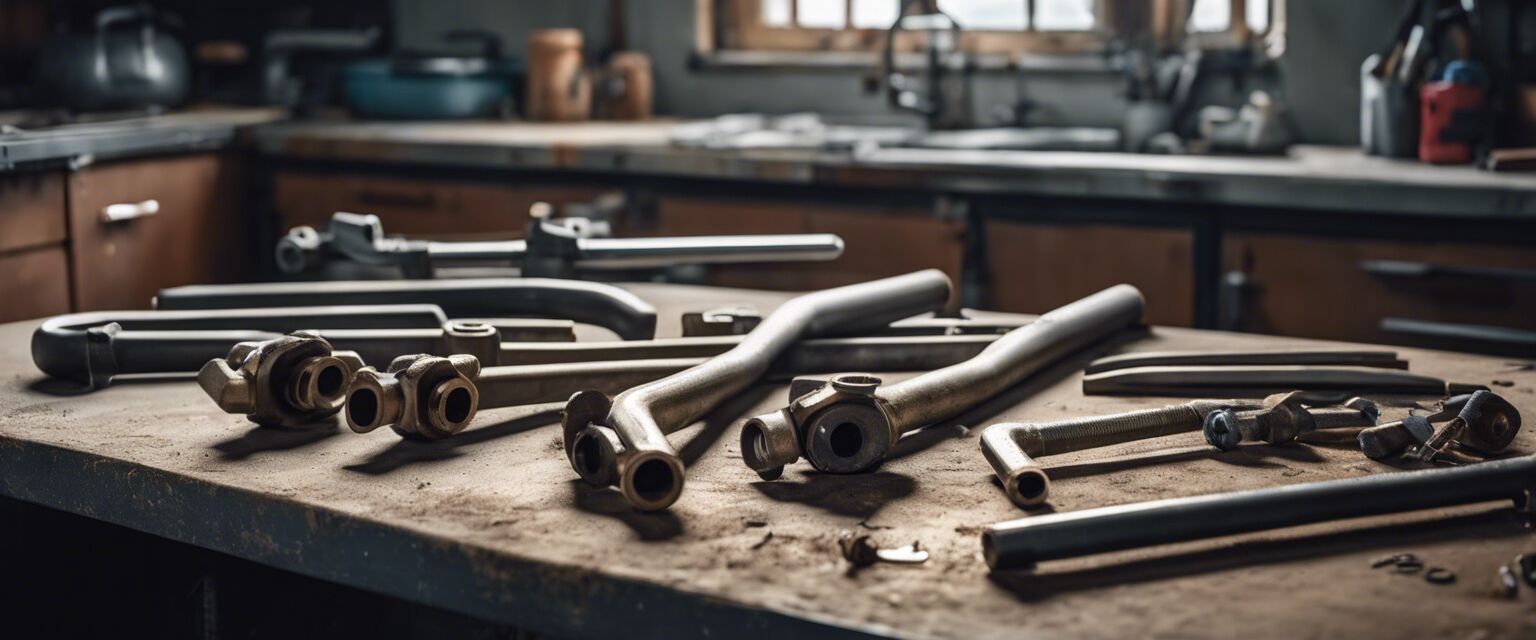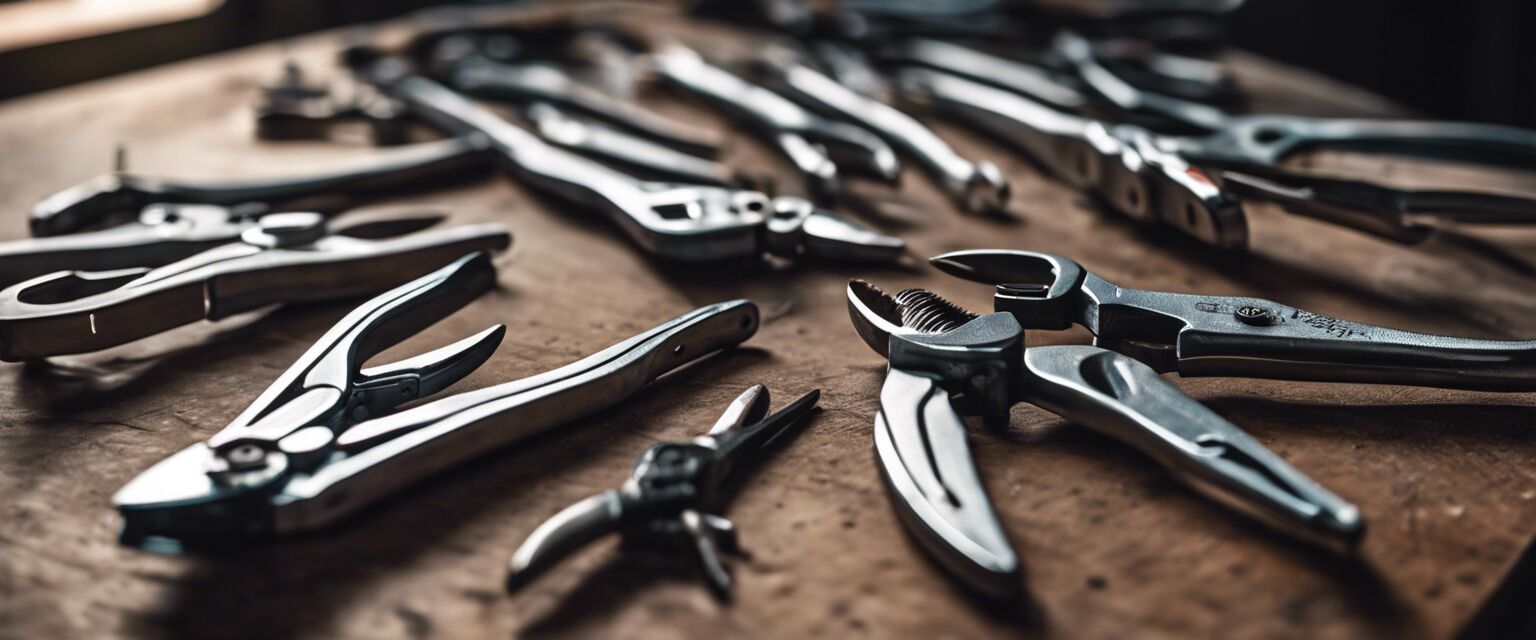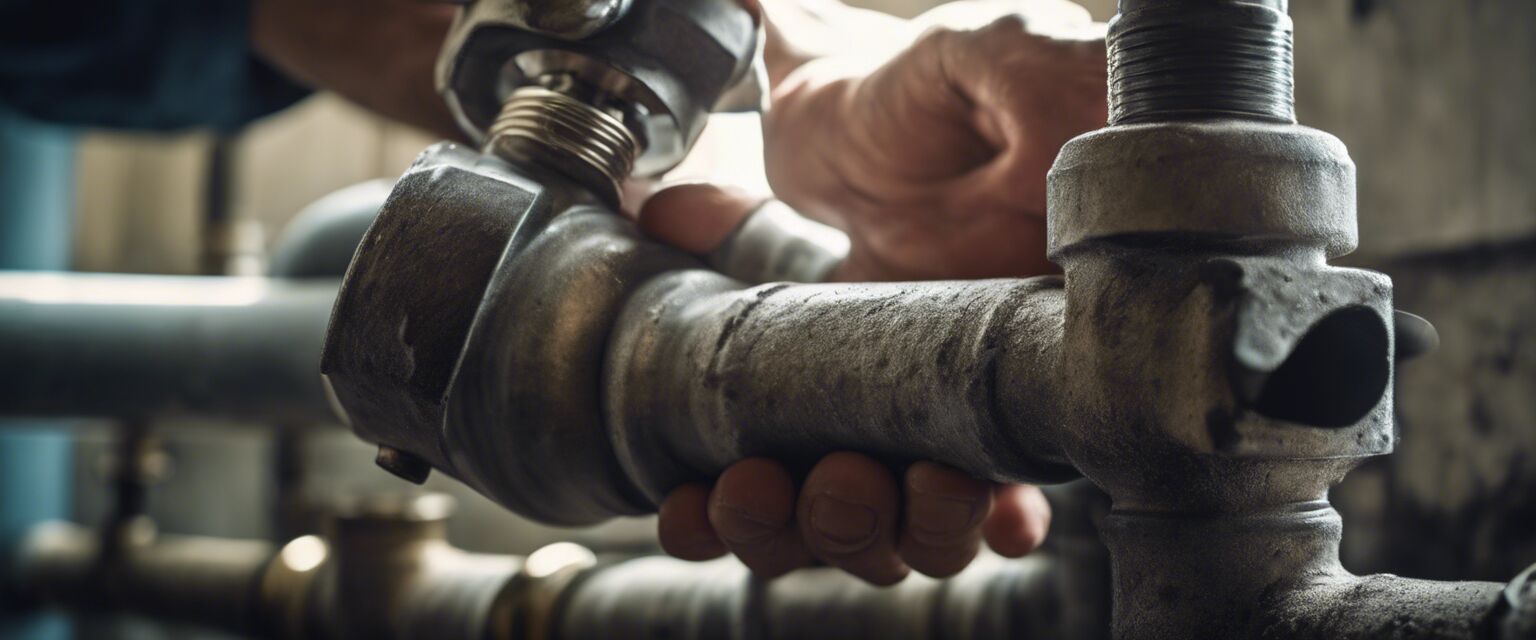
Using Solvent Cement and Primer: A Step-by-Step Guide
When it comes to plumbing projects, using solvent cement and primer is an essential step to ensure a strong and durable bond between pipes and fittings. In this article, we'll provide a step-by-step guide on how to use solvent cement and primer effectively.
Key Takeaways
- Always follow the manufacturer's instructions for the specific solvent cement and primer being used.
- Make sure the pipe and fitting are clean and dry before applying solvent cement and primer.
- Apply a thin, even layer of solvent cement to the pipe and fitting.
- Assemble the pipe and fitting immediately after applying the solvent cement.
- Use a primer to ensure a strong bond between the pipe and fitting.
What is Solvent Cement?
Solvent cement, also known as PVC cement, is a type of adhesive used to bond pipes and fittings in plumbing systems. It's a liquid solvent that dissolves the surface of the pipe and fitting, creating a strong bond when they're assembled.
| Feature | Solvent Cement | Primer |
|---|---|---|
| Purpose | To bond pipes and fittings | To prepare the surface for solvent cement |
| Application | Applied to the pipe and fitting | Applied to the pipe and fitting before solvent cement |
Step-by-Step Instructions for Using Solvent Cement and Primer
Follow these steps to ensure a strong and durable bond between pipes and fittings:
- Clean and dry the pipe and fitting: Make sure the pipe and fitting are free of dirt, oil, and moisture. Use a pipe cleaner or wire brush to remove any debris.
- Apply the primer: Use a primer specifically designed for the type of pipe and fitting being used. Apply a thin, even layer to the pipe and fitting, following the manufacturer's instructions.
- Apply the solvent cement: Use a solvent cement specifically designed for the type of pipe and fitting being used. Apply a thin, even layer to the pipe and fitting, following the manufacturer's instructions.
- Assemble the pipe and fitting: Immediately after applying the solvent cement, assemble the pipe and fitting. Make sure they're properly aligned and seated.
- Hold the assembly in place: Hold the assembly in place for a few seconds to ensure the solvent cement sets properly.

Tips for Using Solvent Cement and Primer
Here are some additional tips to keep in mind when using solvent cement and primer:
- Always follow the manufacturer's instructions for the specific solvent cement and primer being used.
- Use a primer to ensure a strong bond between the pipe and fitting.
- Apply a thin, even layer of solvent cement to avoid excess cement oozing out during assembly.
- Assemble the pipe and fitting immediately after applying the solvent cement.
Common Mistakes to Avoid
Here are some common mistakes to avoid when using solvent cement and primer:
Avoid These Mistakes
- Not following the manufacturer's instructions for the specific solvent cement and primer being used.
- Not cleaning and drying the pipe and fitting before applying solvent cement and primer.
- Applying too much solvent cement, which can cause it to ooze out during assembly.
Conclusion
Using solvent cement and primer is a crucial step in ensuring a strong and durable bond between pipes and fittings in plumbing projects. By following the steps outlined in this article and avoiding common mistakes, you can ensure a successful and long-lasting bond.
For more information on plumbing tools and supplies, check out our guides on Pipe Cutters, Pipe Wrenches, and Pliers.


Remember to always follow safety precautions when working with solvent cement and primer, and consult a professional if you're unsure about any part of the process.
For more information on plumbing projects and tools, check out our Adjustable Wrenches and Basin Wrenches guides.

